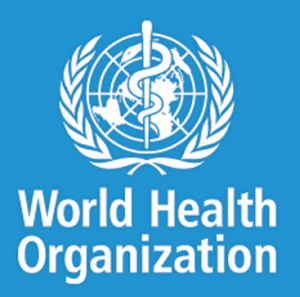WHO calls for re-assessment of microplastics
 The World Health Organisation (WHO) has called for a further assessment of microplastics in the environment and their potential impacts on human health, following the release of an analysis of current research related to the plastics in drinking-water.
The World Health Organisation (WHO) has called for a further assessment of microplastics in the environment and their potential impacts on human health, following the release of an analysis of current research related to the plastics in drinking-water.
The Organisation also called for a reduction in plastic pollution to benefit the environment and reduce human exposure, according to its release copied to the Ghana News Agency.
Dr Maria Neira, Director, Department of Public Health, Environment and Social Determinants of Health, WHO, said “we urgently need to know more about the health impact of microplastics because they are everywhere including in our drinking-water.”
“Based on the limited information we have, microplastics in drinking water don’t appear to pose a health risk at current levels. But we need to find out more. We also need to stop the rise in plastic pollution worldwide.”
According to the analysis, which summarises the latest knowledge on microplastics in drinking-water, microplastics larger than 150 micrometres are not likely to be absorbed in the human body and uptake of smaller particles is expected to be limited.
It said absorption and distribution of very small microplastic particles including in the nano size range may, however, be higher, although the data is extremely limited.
It said further research is needed to obtain a more accurate assessment of exposure to microplastics and their potential impacts on human health.
It said these include developing standard methods for measuring microplastic particles in water; more studies on the sources and occurrence of microplastics in fresh water; and the efficacy of different treatment processes.
WHO recommends that drinking-water suppliers and regulators prioritise removing microbial pathogens and chemicals that are known risks to human health, such as those causing deadly diarrhoeal diseases.
This has a double advantage: wastewater and drinking-water treatment systems that treat faecal content and chemicals are also effective in removing microplastics.
It said wastewater treatment can remove more than 90 per cent of microplastics from wastewater, with the highest removal coming from tertiary treatment such as filtration.
It said conventional drinking-water treatment can remove particles smaller than a micrometre. A significant proportion of the global population currently does not benefit from adequate water and sewage treatment.
It said by addressing the problem of human exposure to faecally contaminated water, communities can simultaneously address the concern related to microplastics.
Source: GNA
